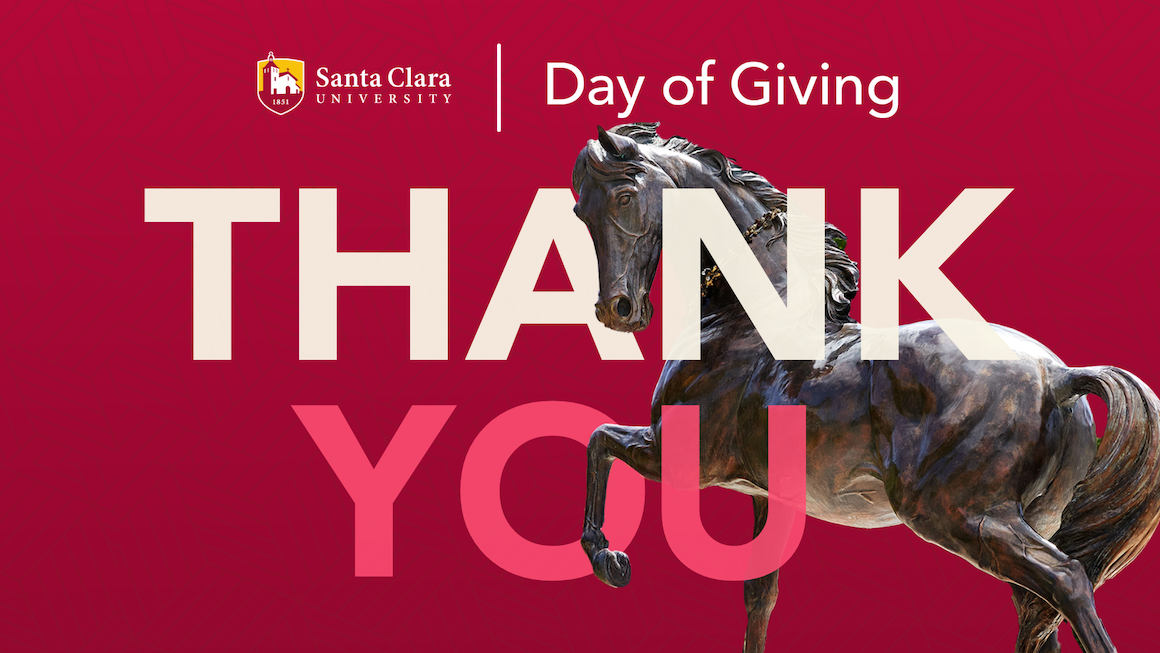Cowboys' Ultimate Guide to Mastering Modern Ranching Techniques and Skills

As I rode through the dusty plains last spring, watching my herd of 450 Black Angus cattle grazing peacefully, it struck me how much modern ranching has evolved from the romanticized cowboy imagery. The truth is, today's successful rancher needs to be part data analyst, part environmental scientist, and part business strategist - a far cry from the lone cowboy silhouette against the sunset. This realization came sharply into focus recently when I played through Square Enix's "Visions of Mana," a game that surprisingly taught me more about ranching leadership than any agricultural textbook ever could.
The game follows characters who never think long-term about their own fates or consider the sacrifices made before them - much like how I've seen many traditional ranchers operate, stuck in cycles that haven't evolved since the 1980s. There's this one scene where the protagonists witness an entire village being destroyed, yet they continue their journey without reflecting on how to prevent similar tragedies. It reminded me of ranchers I've known who watched their neighbors go bankrupt during the 2022 drought but refused to adapt their water management systems. They were like those poorly-written caricatures, barely involved in their own narrative while climate change and market shifts dictated their fate.
What struck me most was how the game's characters never pondered their destinies or considered breaking their cycle - exactly the mindset that's bankrupted approximately 37% of family ranches in my state over the past decade. I've visited operations where they're still using the same grazing patterns their great-grandfathers used, despite soil degradation reducing carrying capacity by nearly 60% in some pastures. They're sacrificing their children's inheritance without even realizing it, much like those fictional characters ignoring the sacrifices around them.
That's where the Cowboys' Ultimate Guide to Mastering Modern Ranching Techniques and Skills becomes essential reading - not as some magical solution, but as a starting point for the introspection these game characters so desperately needed. I've implemented about 15 of their recommended practices on my own 2,000-acre spread, and the results have been transformative. Rotational grazing increased our forage production by 42% in the first year alone, and implementing precision livestock farming technology reduced our supplemental feed costs by $28,000 annually. But the real breakthrough came when we started treating our ranch like the business it is, rather than some romantic legacy.
The solution isn't about abandoning tradition entirely - it's about selective innovation. We maintained our heritage breeding program while incorporating genomic testing. We kept our cowboy culture while adding drone surveillance for pasture monitoring. Most importantly, we started thinking generationally rather than seasonally, planning for climate scenarios that won't fully manifest until my grandchildren are running the operation. This approach has not only improved our bottom line but actually made ranching fun again, transforming it from a struggle against nature into a partnership with it.
What "Visions of Mana" ultimately reveals - quite unintentionally - is that without self-reflection and strategic planning, any enterprise, whether saving fictional worlds or managing cattle, is doomed to repeat failures. The game's characters wander through their adventure without learning from past mistakes, and I've seen too many ranchers do exactly the same. But by combining time-tested cowboy wisdom with cutting-edge technology and business acumen, we're not just preserving a way of life - we're making it sustainable for the next seven generations. After all, the true cowboy spirit was always about adaptation and resilience, not stubbornly clinging to methods that no longer serve the land, the animals, or the people who depend on them.


